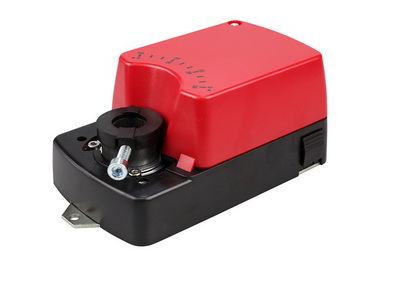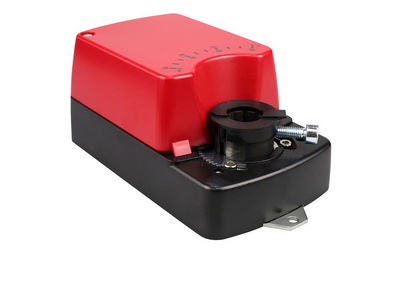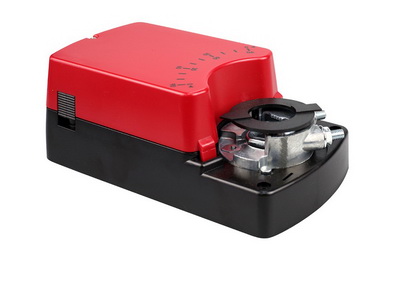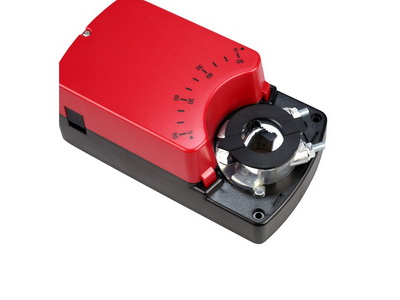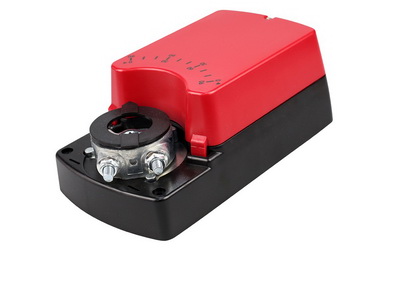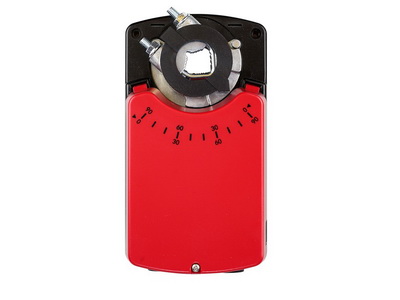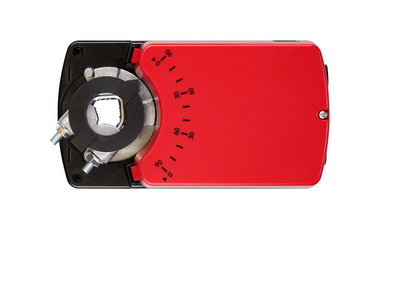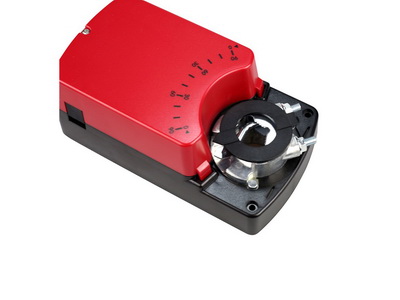HVAC Applications
- Release time:2022-03-31
- Publisher:
- Source:
- Reading:508
Ⅰ. Heating
1、Definition: In winter, in order to maintain a certain temperature of the room air, a certain amount of heat must be provided to the room. The system of facilities taken to provide heat to the room is called heating or heating system.
2、General composition
(1) Heat source: Boiler, municipal heat network + heat exchange, waste heat, waste heat, renewable energy, etc.
(2) Heat transmission system: transporting and distributing heat from the heat source to the heating room.
(3) Heat dissipation equipment: heating the room air and maintaining the required temperature of the room.
3、Principle
4、Classification
(1) According to whether the heat source is centralized: Centralized: A centralized and unified heat source provides heat to multiple heating rooms or buildings heating system
Decentralized: Heat source and heat dissipation equipment as a whole, for heating rooms, each room needs to be arranged to heat source, such as: fireplace, electric heaters, heaters, etc.
(2) According to the different types of heat medium: hot water heating: the heat transfer medium that the heat medium is hot water, there are low-temperature water (<100 ℃), high-temperature water (≥ 100 ℃) system. steam heating: the heat medium for steam, there are low pressure (less than 0.7 gauge pressure), high pressure (≥ 0.7 gauge pressure) system. Hot air heating: the heat medium for the hot air that is heated air, such as heaters, air conditioners, etc.
(3) According to the different ways of heating indoor air: radiator heating: convection heat dissipation is the main . Radiation heating: radiation heat dissipation mainly, such as: low-temperature hot water floor radiation heating, electric heating film heating, high-temperature radiation heating, etc.
Ⅱ, Ventilation
1, The definition: that is, through ventilation to achieve control of indoor pollutant concentration or content to meet health standards, specifically: collection of indoor polluted air - (purification treatment, such as dust removal, purification, etc.) - outdoor atmosphere; outdoor fresh air - (purification treatment, such as filtration) - sent indoors.
Note: (1) pollutants: refers to harmful gases, dust, high temperature, high humidity, etc.
(2) ventilation can only regulate the temperature and humidity of indoor air to a certain extent.
2、Mode
(1) Mechanical exhaust + natural air intake
(2) Mechanical air intake + natural exhaust
(3) Mechanical exhaust + mechanical air intake
(4) Natural air intake + natural exhaust
3, The general composition: mechanical exhaust + mechanical air intake, for example, exhaust system: indoor exhaust - duct - fan - (dust removal or purification) - outdoor exhaust air supply system: outdoor air inlet - (filtration or purification) - fan - duct - indoor air supply
4、Classification
(1) According to the use of points
Industrial and civil ventilation: ventilation and air exchange, control the concentration or content of harmful substances below the requirements of health standards
Building smoke control: control the flow of smoke to ensure the safety of evacuation routes, such as: positive pressure air supply, mechanical smoke exhaust.
Accident ventilation: exclude harmful substances, combustible, explosive hazard gases generated by sudden accidents, such as gas leaks.
(2) According to the scope of action.
Comprehensive ventilation: the scope of action is the entire room, such as kitchen exhaust fan exhaust.
Local ventilation: the scope of action for the production of harmful substances in local locations, such as kitchen hoods General local ventilation effect is better than full ventilation.
(3) According to the power points.
Natural ventilation: power for the natural action of pressure: wind pressure, thermal pressure.
Mechanical ventilation: power for the fan, centrifugal, axial flow type, etc.
Ⅲ, Air conditioning
1、Definition: artificial methods to control indoor air parameters to meet the requirements of human comfort and process requirements, including air parameters for the so-called air "four degrees", pressure, odor, etc..
The so-called "four degrees" that is: temperature, relative humidity, flow rate, cleanliness (cleanliness, freshness).
2, The general method: a certain amount of treated air into the air conditioning room, absorbing residual heat, residual humidity, and then discharged or recycled.
3, The general composition
(1) Air conditioning system: air to be treated (air inlet) - air treatment - air delivery distribution (duct + fan + air supply) - air conditioning room
(2) Cold and hot water (media) system: cold and heat sources (chiller, boiler) - cold heat transfer distribution (water pipe + pump or refrigerant pipeline) - air handling equipment
4、Classification
(1) According to the cold and heat sources, air treatment whether centralized points.
Centralized: centralized heat and cold sources, air treatment centralized
Semi-centralized: centralized heat and cold sources, centralized air treatment partly centralized, partly decentralized
Decentralized: heat and cold sources and air treatment as a whole, each air conditioning room must be arranged, such as: split-type air conditioning.
(2) According to the use of points
① Comfort air conditioning: mainly to meet the requirements of human comfort, temperature and humidity precision requirements are not high.
② Process air conditioning: mainly.
Constant temperature and humidity air conditioning: the requirements for strict control of temperature and humidity accuracy.
Purification air conditioning: strict control requirements for indoor dust, bacteria concentration or number, etc.
Dehumidification air conditioner: there is a requirement for humidity control in high humidity environments.
Artificial climate chamber: used for scientific experiments, but the special climate environment that is not available in nature.



